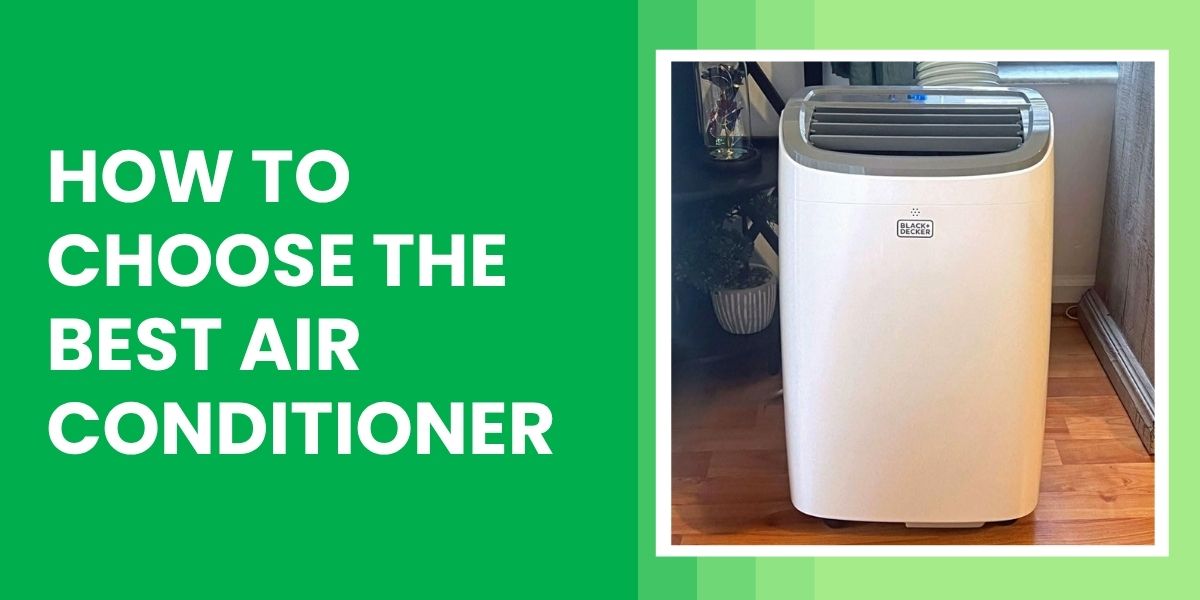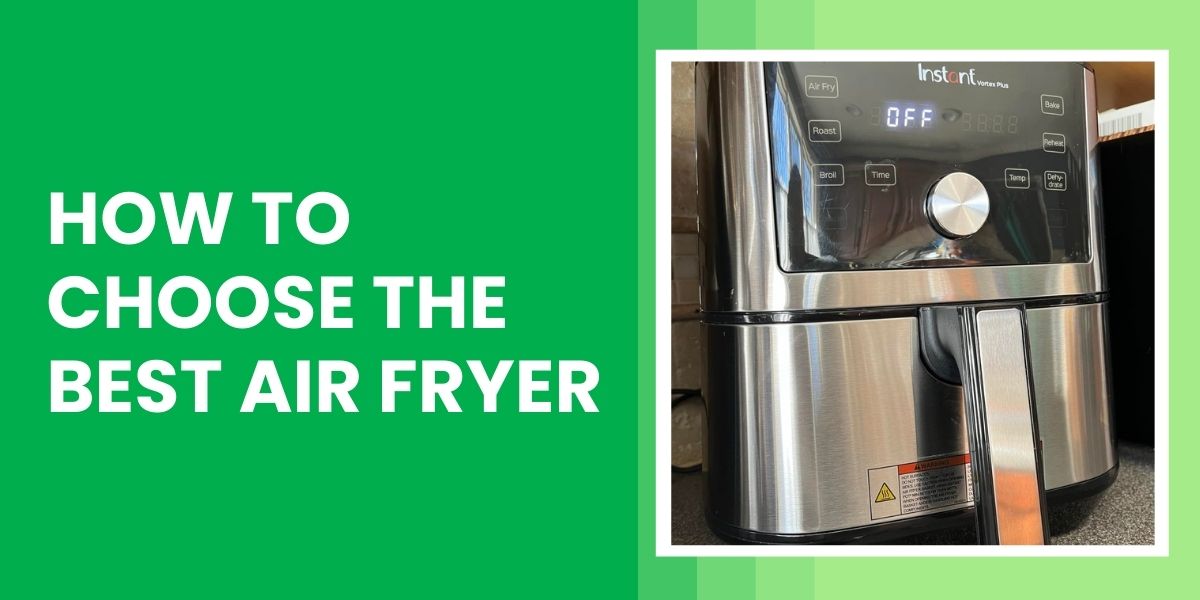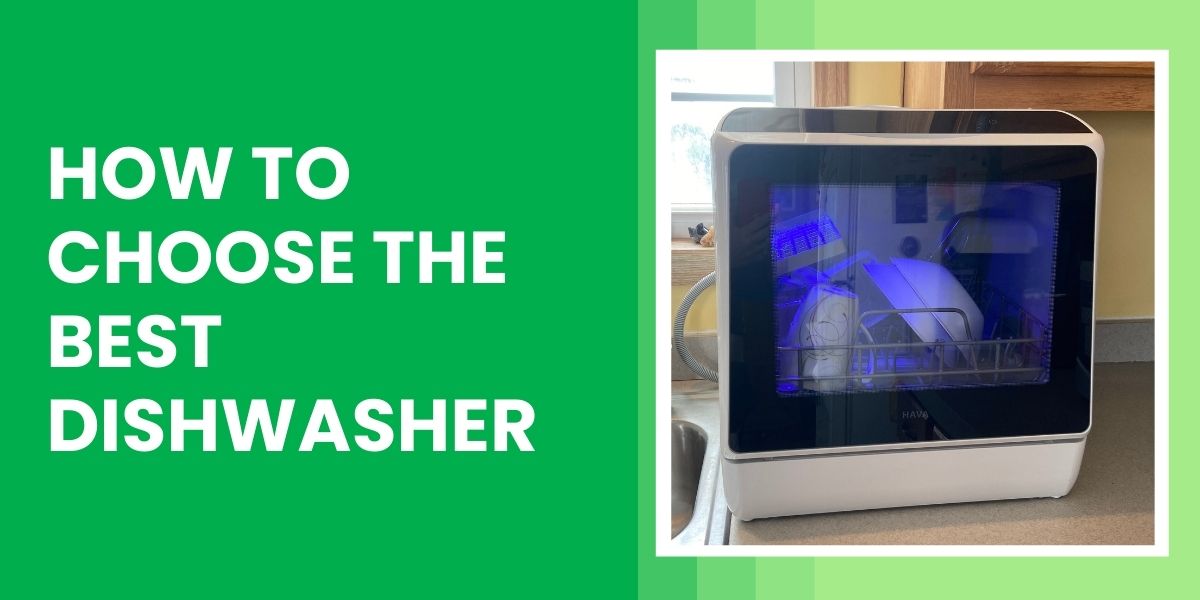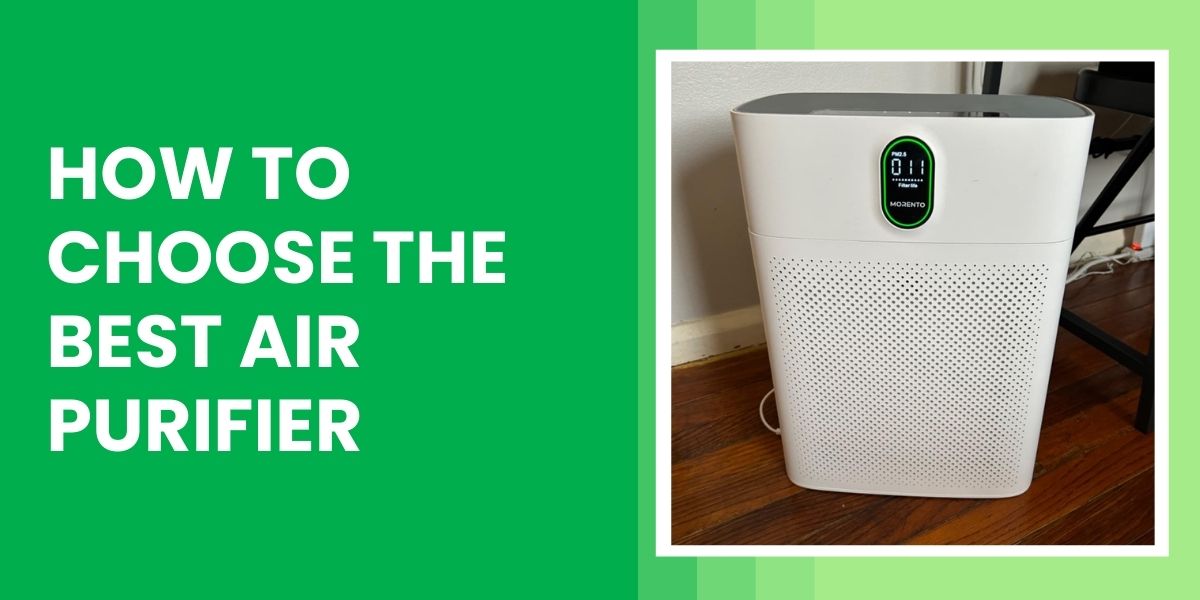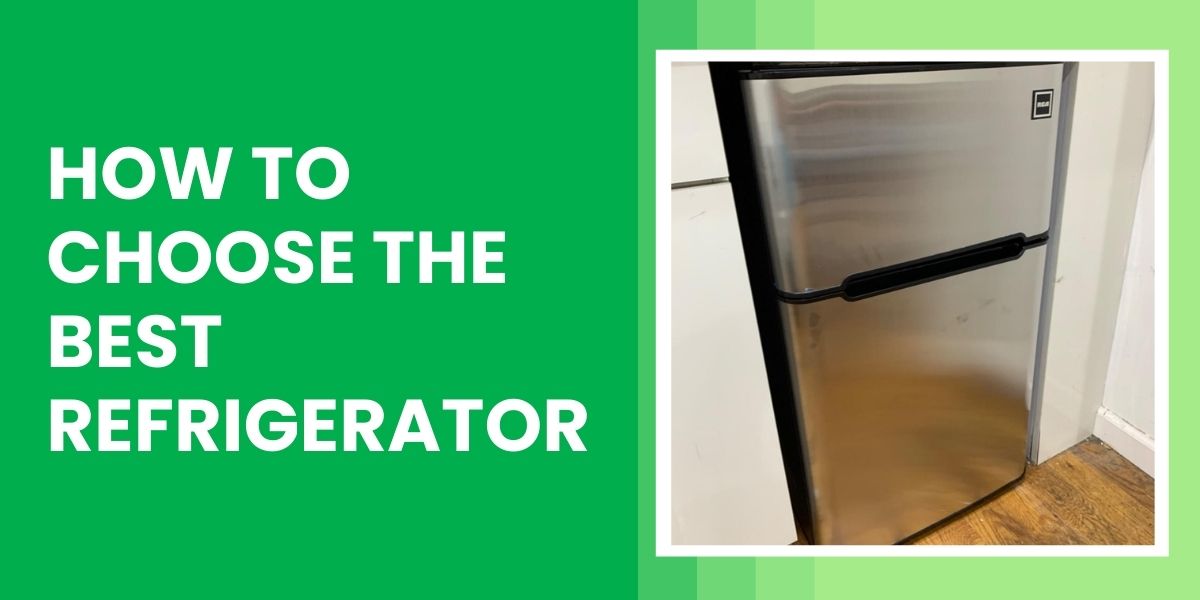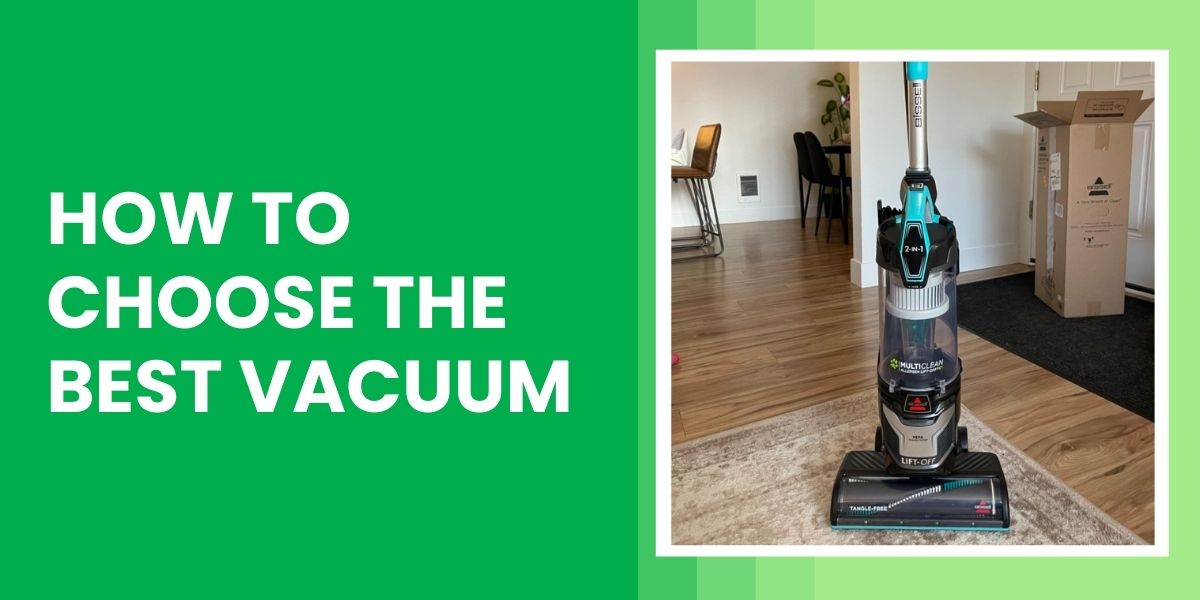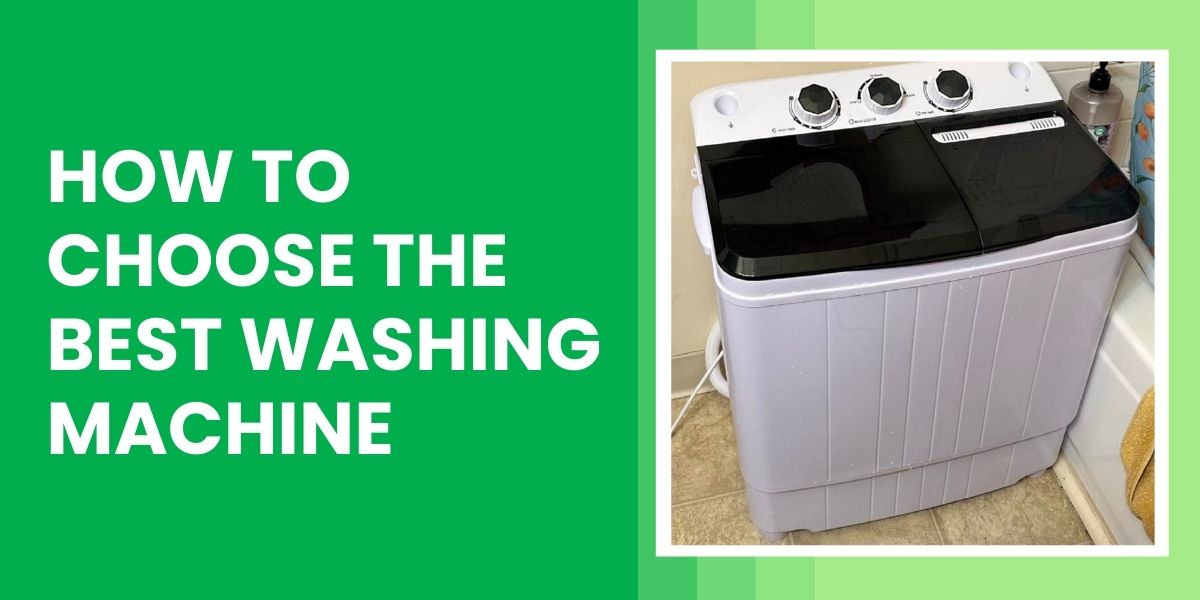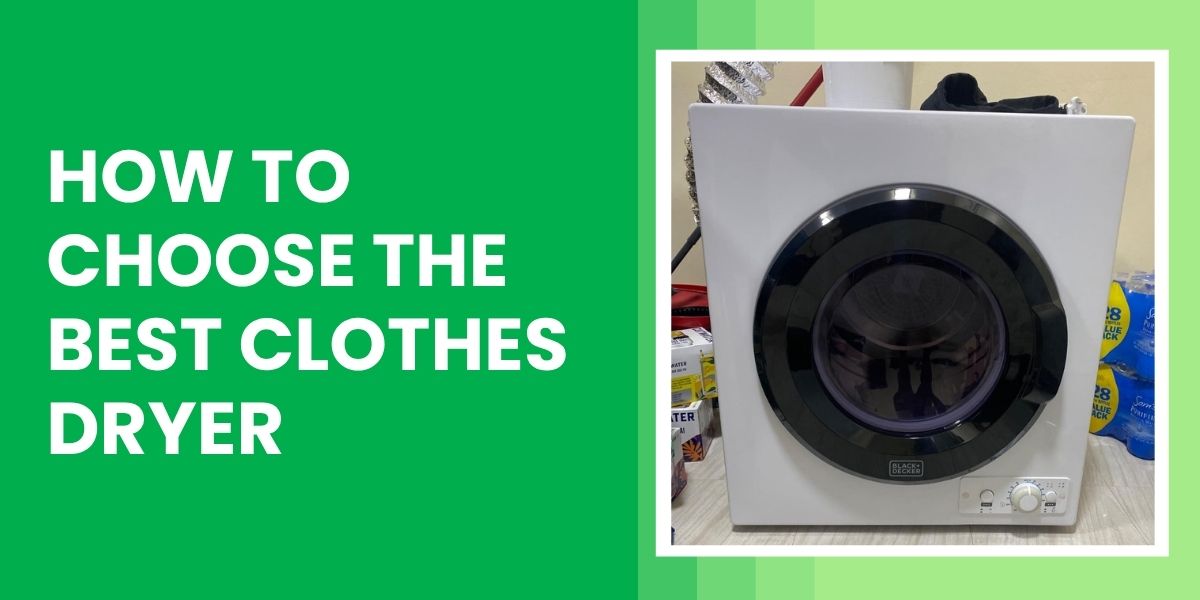Buying an air conditioner is more than just picking the most powerful unit. The best AC for your home depends on the room size, how you plan to use it, and what level of noise, energy use, and installation you’re comfortable with. This guide covers all the key factors so you can choose the right air conditioner for comfort, efficiency, and long-term value.
Things to Consider When Buying an Air Conditioner
Here’s a detailed breakdown of what to look for:
1. AC Type
- Window AC
Mounted in a window frame. Affordable and easy to install.
Best for: Single rooms, apartments, or short-term use. - Portable AC
Freestanding unit with a hose that vents hot air through a window.
Best for: Renters or spaces where window units are not allowed. - Split AC (Mini-Split)
Has an indoor and outdoor unit. More efficient, quieter, and allows zoning.
Best for: Permanent installations, bedrooms, or home offices. - Central AC
Cools the entire home through ductwork.
Best for: Large homes or new constructions with duct systems.
2. Cooling Capacity (BTUs)
Measured in BTUs (British Thermal Units), capacity should match room size:
| Room Size (sq. ft.) | BTUs Needed |
|---|---|
| Up to 150 | 5,000 BTU |
| 150–250 | 6,000–7,000 BTU |
| 250–350 | 8,000–10,000 BTU |
| 350–550 | 12,000–14,000 BTU |
| 550+ | 15,000+ BTU |
Tip: Add 10% for sunny rooms or kitchens. Reduce capacity slightly for shaded rooms.
3. Room Conditions and Layout
- High ceilings require more BTUs.
- Rooms with many windows heat up faster and need extra cooling.
- Open-plan layouts may need larger units or zoned cooling with a split system.
4. Energy Efficiency
- Look for the EER (Energy Efficiency Ratio) or SEER (Seasonal Energy Efficiency Ratio). Higher numbers mean better efficiency.
- Energy Star certified models reduce electricity costs over time.
- Inverter technology (in mini-splits) adjusts power output based on need, using less energy than conventional compressors.
5. Noise Level
- Measured in decibels (dB).
Quiet units: 40–50 dB
Average: 50–60 dB
Noisy: 65+ dB
Split units are the quietest, making them ideal for bedrooms and nurseries.
6. Installation Requirements
- Window units need the correct window width and sash height.
- Portable ACs need floor space and a nearby window for venting.
- Split and central systems require professional installation and electrical access.
7. Smart and Programmable Features
- Wi-Fi connectivity lets you control the unit remotely via app.
- Timers can start or stop cooling on a schedule.
- Voice control is available with some smart ACs (compatible with Alexa or Google Assistant).
8. Air Quality and Filtration
- Washable or replaceable filters improve indoor air quality.
- Some models include dehumidifiers, ionizers, or HEPA filtration.
- Important for homes with allergy sufferers, pets, or high humidity.
9. Maintenance Needs
- Portable units require regular draining and filter cleaning.
- Window and split units need filter cleaning every few weeks in peak season.
- Look for units with filter alert indicators or easy-access panels.
10. Size, Weight, and Mobility
- Portable units can weigh 50–80 lbs, so look for models with wheels and handles.
- Window units should match your window size and often need a support bracket.
- Split units are mounted on walls and require adequate indoor space for airflow.
11. Climate Suitability
- For hot, dry climates, look for units with dehumidification control to avoid over-drying air.
- In humid regions, built-in moisture removal features improve comfort.
- Dual inverter units adapt well to variable climates and lower utility costs in the long run.
12. Budget
- Window units: $150–$400 / £120–£350 / CA$200–$500
- Portable ACs: $250–$600 / £200–£500 / CA$300–$750
- Split systems: $800–$2,000+ (excluding installation)
- Central AC: $3,000–$7,000 including ductwork and installation
13. Warranty and Support
- Standard warranty: 1 year for parts and labor.
- 5–10 year warranties on compressors are common in mini-splits and central systems.
- Check brand support, service availability, and replacement part costs before purchase.
Additional Features to Consider
- Sleep Mode
Automatically adjusts temperature and fan speed for quieter, more efficient overnight cooling. - Auto-Restart
Restores previous settings after a power outage—important in areas with unstable electricity. - Swing Louvers or Air Direction Control
Distributes cool air evenly across the room instead of focusing on one spot. - Built-in Heater
Found in some portable or split systems, useful for year-round use in mild climates. - Multi-Speed Fan Settings
Lets you adjust cooling intensity based on room needs and personal comfort.
The best air conditioner is one that fits your room, cooling needs, and lifestyle. Whether you’re looking for a compact window unit, a quiet split system, or a whole-house solution, matching the capacity, energy efficiency, and features to your environment will give you better performance and long-term comfort. Use this guide to evaluate your space, compare features, and make a choice that delivers both comfort and value.
